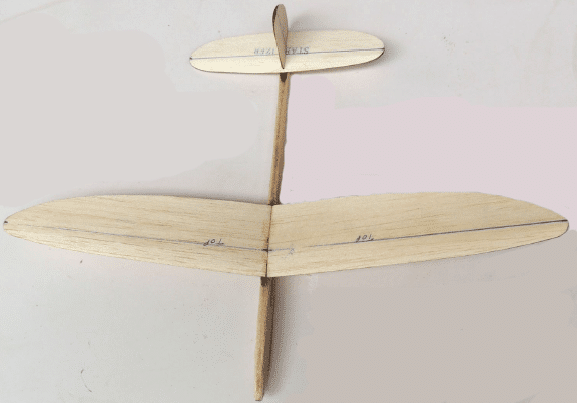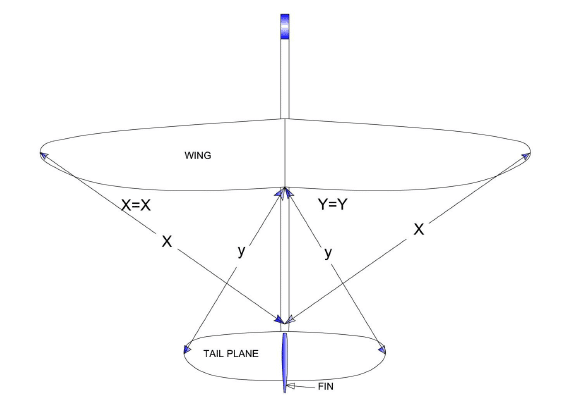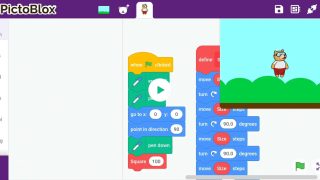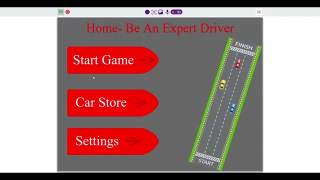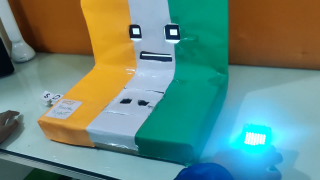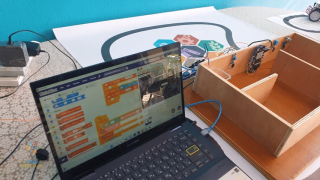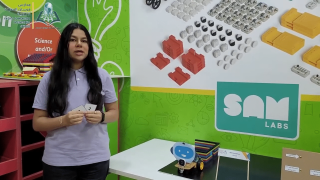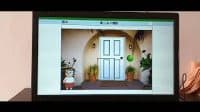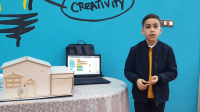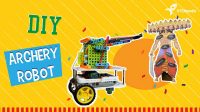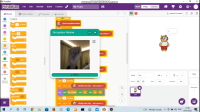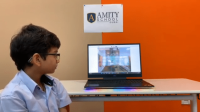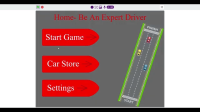Introduction
Curious about how the majestic birds, these huge planes glide so effortlessly in the sky without touching anything?
Behold the Aeromodelling Kit! The perfect way for you to explore the underlying concepts first hand. Learn about aeromodelling – the concepts of physics governing them, the gravity-defying magical spells they play with aerodynamics, and other tricks in flying-sorcery. On top of that, you can get innovative, pint your creations with beautiful colors of life, and hold competitions with your friends!
Go, kid, give your imagination wings to fly higher than the birds.
Shaping of Wing
Marking for the Shape and Sides :
- Mark a line along the span for shaping the wing panel.
- Take the Wing Cord ( width) as a reference.
- Now from the Leading Edge (front of the wing) mark at 30% of the wing chord.
- From this point draw the line.
- The rest of the 70% will be Trailing Edge.
- Repeat the same step for the other wing panel too.

Shaping to Aerofoil Shape :
- Take the wing panel and shape it’s profile to aerofoil Section (as shown below) with the help of a sandpaper.
- The thickness should be maximum at the marked line and gradually decreasing on both the side.
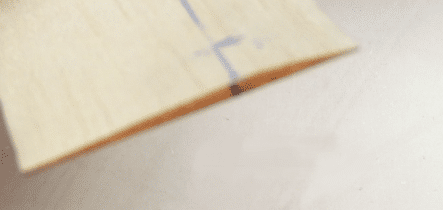

Shaping of Stabilizer
- Mark the Stabilizer as done for the wing i.e. 30% of cord from the leading edge.
- Now shape it the aerofoil keeping maximum thickness at the marked line sloping down to the front and rear.


Shaping of Fin
Like wings and stabilizer, fin also needs to be shaped for aerofoil shape.
- Mark as done for wing and stabilizer and sand it to aerofoil shape.
- Here, the fin has to be sanded half from both the sides.
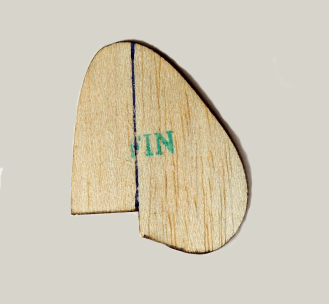

Shaping of Fuselage
- Mark the places for gluing wings and stabilizer.
- Shape the fuselage sides to round by sanding leaving the places flat where the wing and tail will be glued.
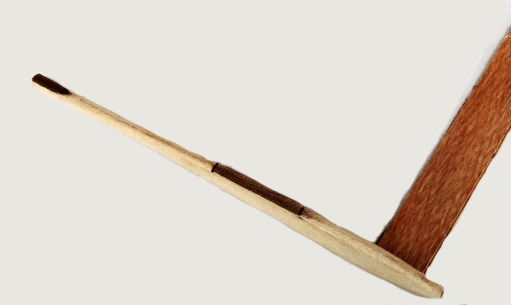

Glue the Stabilizer
Now, as shown in the construction drawing,

Glue the Wing
- Glue the wing as shown in the construction drawing given below.
- Shape and glue the gussets (wing supporters) joining the bottom of the wing and the sides of the fuselage below the wing to strengthen wing and fuselage joint.


Glue the Fin

Now, that the chuck glider is complete if any other part is provided with the kit. Shape it and glue it as per drawing (given at the end of the page).
Check the Alignments
Flying and Balancing
- After the glider is ready, hold the glider with your fingers gently and locate the Centre of Gravity (the balance point).
- Put some Modelling Clay on the nose (front) of the fuselage so that the balance point comes to the place as specified in the assembly drawing.
- After we have the balance point at the desired position (as per drawing) the glider still needs some more balance trimming.
- For this throw (to fly) the glider parallel to the ground by holding it from its balance point, now:
- If the glider drops its nose down immediately after the throw, reduce some nose weight and try again.
- If the glider flies a small distance with the nose down tendency, it will require minor weight removed from the nose.
- After launch, if the glider pulls up its nose and then dive back, then it needs more weight on the nose.
- If the glider banks any of side while flying put minor weight on the tip of the opposite wing. In the trimmed conditioned and for a good throw the glider should fly some distance parallel to the ground and then loose height gradually.
- You can also decorate the glider if you want.



